The Ministry of Defence has again confirmed that the Dreadnought-class submarine programme remains on track, with the first of class, HMS Dreadnought, expected to enter service in the early 2030s.
In response to a written question from Ben Obese-Jecty MP on 17 April 2025, Defence Minister Maria Eagle stated: “The Dreadnought programme remains on track for the First of Class, HMS Dreadnought, to enter service in the early 2030s.”
However, Eagle also confirmed that the government will not disclose the precise in-service dates for the new nuclear deterrent submarines. She explained: “The planned in-service dates for Royal Navy submarines are withheld as disclosure would, or would be likely to, prejudice the capability, effectiveness, or security of the Armed Forces.”
The Dreadnought programme is the cornerstone of the UK’s next-generation continuous at-sea deterrent, replacing the current Vanguard-class submarines. Four boats are planned, all to be constructed at BAE Systems’ Barrow-in-Furness shipyard, with a lifespan expected to extend well into the second half of the 21st century.
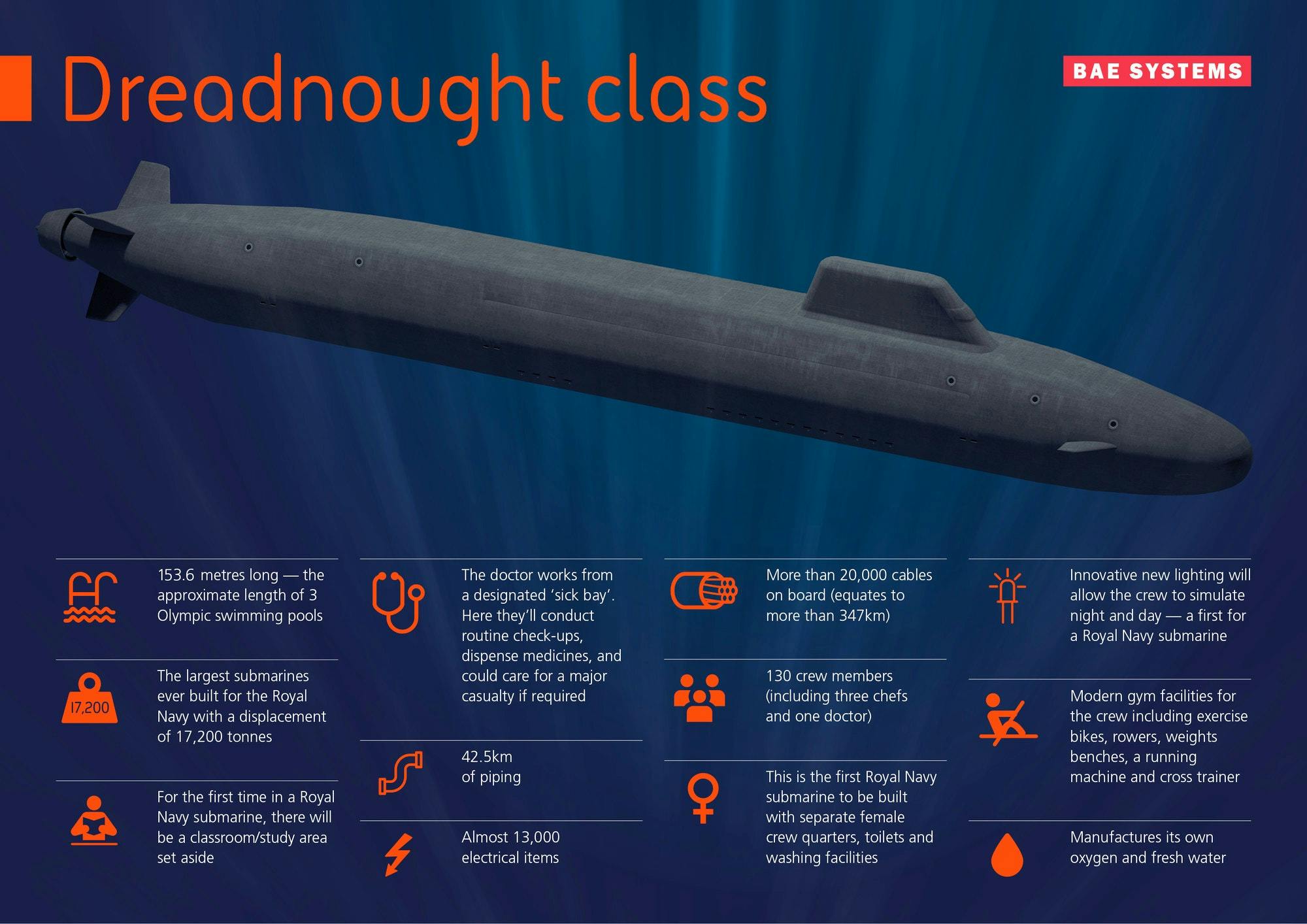
The submarine
The Dreadnought programme represents one of the largest defence projects in British history, ensuring the Royal Navy maintains its nuclear deterrent capability for decades to come.
The Dreadnought-class submarines are designed for an extended service life of 35 to 40 years, representing an increase of approximately 50% over the Vanguard-class they replace. Each submarine will operate with a crew of 130, including three chefs and a doctor, and will feature separate female quarters, a gym, a classroom, and a lighting system that simulates the time of day to support crew wellbeing during long deployments.
They will be powered by Rolls-Royce’s PWR3 (Pressurised Water Reactor 3), a more advanced and efficient nuclear reactor than the PWR2 used on previous classes. The PWR3 was selected over its predecessors due to its simpler operation, extended lifespan, and reduced maintenance costs, with 30% fewer components, contributing to improved reliability and cost-effectiveness.
To enhance stealth and manoeuvrability, the Dreadnought-class will introduce X-rudders—a first for British submarines—which will help reduce noise, particularly at high speeds, in conjunction with a pumpjet propulsion system. Unlike the Vanguard-class, movement control will employ a fly-by-wire system using BAE Systems’ Active Vehicle Control Management (AVCM), improving handling and automation. The submarines will also be equipped with Thales’ Sonar 2076, one of the world’s most advanced sonar systems.
The missile compartments will feature four missile tubes each (quad packs), for a total of twelve missile tubes, shared with the American Columbia-class submarines as part of the Common Missile Compartment (CMC) scheme. Designed with five deck levels, the Dreadnought-class will provide a more modern, efficient, and survivable platform for the UK’s continuous at-sea deterrent well into the latter half of the 21st century.


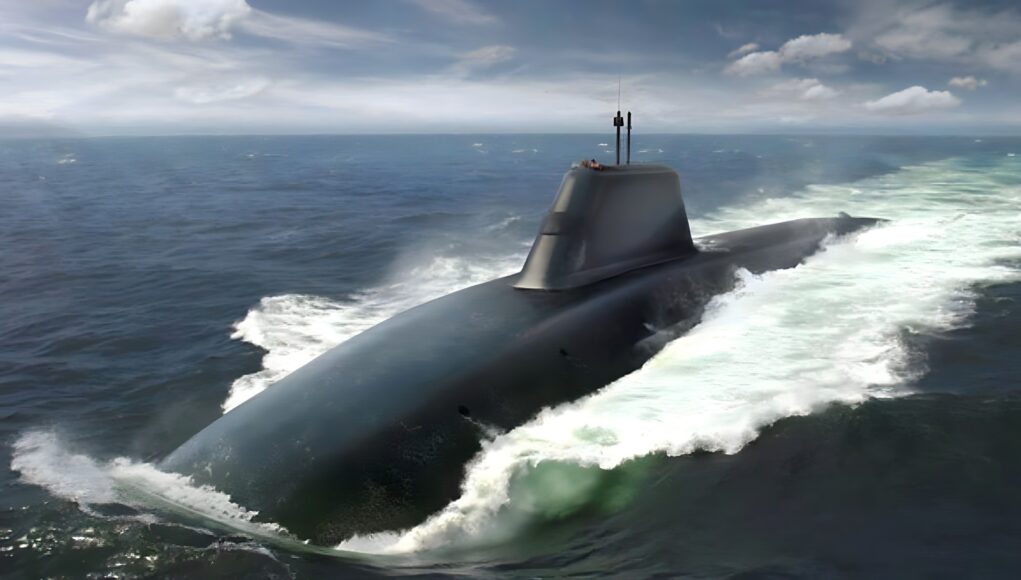
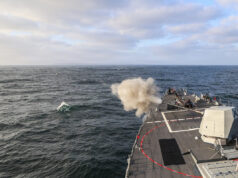
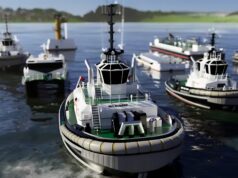
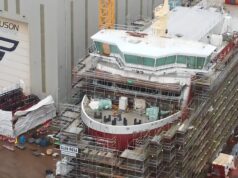
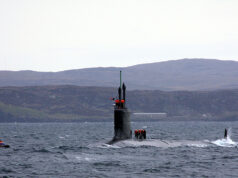
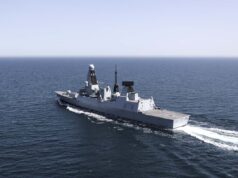

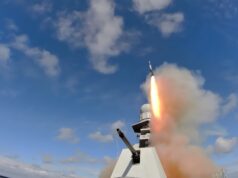
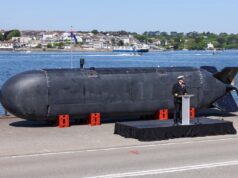
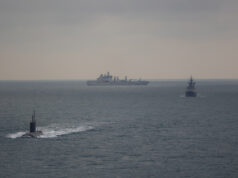
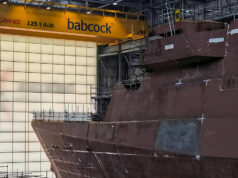

I remember the first debate on these in 2006 under Blair. It will take almost 30 years from then until the first one is in service. All thanks to a media consultant called Dave that got over promoted.
Mostly a media consultant to his father in law at that. Amazing what an Eton education can do for one even today.
Yes, another top quality individual from the British aristocracy. Couldn’t even get a job in his own right 😀
Hi Jim Much as I loath Dangerous Dave and his side kick Chancellor Oddbourne the lateness of the Dreadnoughts isn’t down to him. You need to understand the U.K. DNE production cycle of generational builds and the timelines, it was actually all down to a non Aristocrat Tory PM John Major.
We build our boats over a 30 year cycle and it’s SSBN’s followed by SSBN’s and has been ever since the 1st PWR1 SSN, when one type is being built the other is in design but based on the same basic Reactor Tech. Once the cycle is in build the future next generation is being planned and conceptualised hence the PWR2 was being looked at when the 1st PWR1 entered service.
So in the 90’s the wall had fallen, we had plenty of SSN’s it was peace Doves all round and the Vanguards (PWR2) were being built. The future follow on SSN20 (PWR2)was being designed to replace the S & T classes.
And that’s when the problem happened as Mr Major cancelled the SSN’s and asked for a cheaper version to be designed but still using the PWR2. That resulted in a 10 year gap and as I wrote earlier the Astutes needed to be built before a next generation SSBN so it’s a case of the Domino effect which worked fine till some muppet removed a Domino.
No boats being built meant 13k at Barrow going down to just 3K and RR, SFM and design teams being reduced to a shoe string. It’s cost billions £get things back up a running.
Hence why we ended up with the T class run into the ground and the Vanguards going the same way.
On the other hand there is a positive side to this if the gap had not happened we would now have a class of new SSBN in service using the last generation of US Trident D5 launch Tubes and control systems and unlike the CMC I don’t think that would handle the D5LE2.
Now barrow has capacity we should move to 1 SSN and 2 SSBN every 6 years indefinitely.
They use the same reactors and we can just continue building iteratively, over 30 yrs that means 5 and 10 which is more like it and no expensive LEPs as there is always a new one in build. Good for retention, good for cost certainty and good for defence.
Building 1 SSN and 2 SSBN’s every 6 years does sound a little bit “Arse about face” but whatever floats your boat.
At least one of each should be specifically built for the SCS and I have heard that a new Yellow colour scheme has been developed for special covert sub sea communications ops in the Yellow sea area.
“We all live in a yellow submarine, Yellow submarine, Yellow submarine. We all live in a Yellow submarine, yellow submarine, Yellow submarine.
Full speed ahead Mr boatswain, full speed ahead.
Full speed ahead it is,
Sgt cut the cable, drop the cable, Aye sir aye,
Captain, captain.!
Whilst it is absolutely true that a whole class of SSN was cancelled the austerity duo compounded the mess by sliding everything to the right at a cost of even more billions and a slowing of Astute delivery to cover the gap and keep the workforce engaged in an unhealthily glacial series of builds.
Good point, I had not thought of the CMC issue and the D5LE2. I agree on major however I believe this was foreseen and that was why early action was being highlighted by the MOD back in 2006. The coalition took the decision in 2010 to delay by 5 years which now seems to have become more like ten. Dreadnaught was suppose to be entering service by 2026.
The CMC/D5LE2 issue isn’t an issue as a Vanguard class submarine could carry D5LE2.
An interesting read ABC -cheers for that
Morning Klonkie, haven’t seen you post for a while. Wanted to ask you what you think might come of the NZ defence budget increase? More spend for the Navy on new ships and helos? And, maybe even some NSM for the Anzac frigates?
What amuses me about these info graphics, is that they overlook the whole point of the sub, ie its purpose and payload. No mention of missile tubes, missiles or megatons of death and destruction they can deliver. Unlike other Naval assets, the Vanguards have just one purpose, just one, and that single capability isn’t mentioned. What I want to see is how many ‘Wales’ equivalent it can destroy, or the missile range in football fields,
A single broadside of 8, 15″ shells can deliver a devastating rain of death and destruction from 25,000 yards wiping out much of Cardiff and it’s critical infrastructure including the national Football Stadium.
“Shoot”.
“There’s strange, I thought I heard a Train”.
“Front rank, fire, Rear rank, fire. Reload”.
Okay, sorry to be the one that nitpicks but in the section on the common missile compartment the last time I did basic math, four tubes quad packed was sixteen not twelve, Three quad packed would be 12. If we choose to fill them or not doesn’t alter the total number.
“How I stopped worrying and learned to love the bomb.”